So you want to fly a drone commercially. Or maybe you just want to be able to fly your drone in a lot more places than a hobbyist. You need to pass a test issued by the FAA. This Drone Guy spent two weeks studying and passed with flying colors. I got a 90%, that’s like an A, right? In this article, I will explain how I did it and I will provide you links to the best study material. We also provide a link to the best online training around, where you can more easily learn the concepts and get an even broader understanding of what it means to be a drone pilot. We couldn’t find an article that comes anywhere near this one in terms of quality review content so we created one ourselves. There are a lot of reasons that people should take this exam, even if you aren’t a commercial business. You can read about that here. To learn more keep reading, you can also watch our video on both topics.
So you want to pass your part 107 test?
This Drone Guy passed the Remote Pilot exam!
How Much is There to Learn?
Here is the first thing to know: The test is about more than drones. One way to be shocked and awed is to scan through the practice exam. Reviewing the example questions will demonstrate to you non-pilots that you know nothing about reading aeronautical charts, coded METAR weather reports, or aircraft radio protocols. Also, check out the Study Guide Checklist that Tony Northrup put together. It is extremely helpful. OK, good, you are panicked now. I was too! Time to start studying.
Online Courses for the FAA Part 107
You can choose self-study as your only training for the exam, or you can go in with some professional help. You will learn more and spend less time preparing with these professional courses. Just by scanning through some of their material I have already learned some things that would have made me more prepared for the exam.
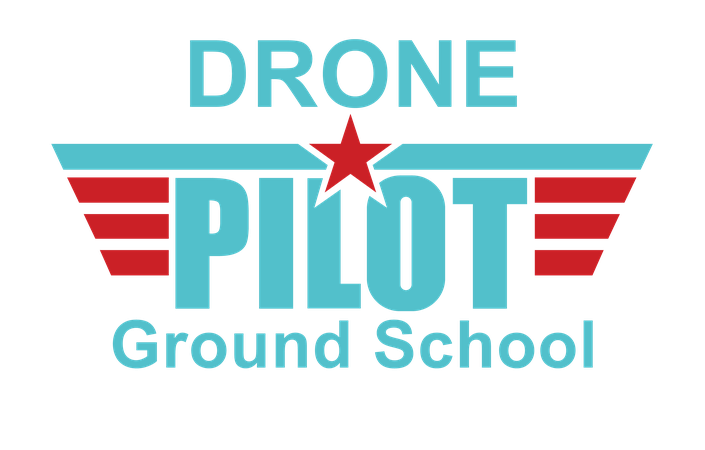
We have done their research and we think your best bet is the Drone Pilot Ground School from UAV Coach. The price of this course is $299, not bad considering a failed test will cost you $150, a 14 day wait, and some pride. Based on what we have seen, this online course will be well worth the investment. Our favorite touch is the instructor support that is available by email or phone. This online course is the only one to offer this level of personalized support. And we know their program works, they boast a 97% pass rate with hundreds of happy and successful new drone pilots.
The Drone Pilot Ground School Really Works
The Drone Pilot Ground School works. While I may have passed via self-study. Jack enrolled in the Drone Pilot Ground School. He, like I also got a 90% on the test. But he also took it to the next level. The DPGS waived the fee for students and Jack led a classroom full of high school students through the Part 107 material. So far every student that has taken the test has passed.
Here are just a few of the features of the Drone Pilot Ground School’s online curriculum:
- 30+ video and text lectures that cater to multiple learning styles
- Instructor support by phone and email for when you have questions or issues
- Bonus modules on drone flight proficiency and legal considerations for starting a drone business
- 5 full-length practice tests that prepare you for the FAA’s Aeronautical Knowledge Test
- Downloadable, printable PDFs of all course slides and lecture notes so you can study offline
- Self-paced curriculum that gives you control to view lectures as many times as you want
Study Material for the Self-Study Student
Studying on the cheap? This will save you some money but may cost you some time and maybe a failed test. Despite those risks, that’s what I did. The first thing you want to check out if you are doing self-study is the very helpful Remote Pilot – Small Unmanned Aircraft Systems Study Guide (87 pages). This is the reference that I used most. The study guide contains the best and most condensed presentation of the majority of the information that you will need to know. Are 87 pages condensed? Unfortunately yes it is. I read it, or at least skimmed it, a few times. If you keep reading you will discover several more documents you need to become familiar with. Find a comfy chair and order a double espresso, it’s going to be a long night.
- Note that the example TAF on page 19 of the study guide has a bad typo. The FAA got back to me and confirmed the example is incorrect and will the corrected in the next revision. I believe that this text should be removed: …wind from 150° at 12 knots… visibility greater than 6 SM…broken clouds at 9,000 feet…
The study guide is not complete without the FAA Aeonautical Chart User’s Guide. You need the information from the tabs called “VFR Terms” (~14 pages printed) and a subset of the information on the “VFR Symbols” tab (~45 pages printed). The study guide tells you what you need to know from this website.
You will also want to print out the Airman Knowledge Testing Supplement (116 pages). You will be given this exact document at the testing facility and you can’t really prepare without having it handy. Printing it is a good idea. A lot of the content is not required, you will discover what parts you will be using as you take practice tests.
Now go buy more printer ink, you are not done yet.
So, what about (14 CFR) part 107? Should you read that? Maybe, but I prefer the Advisory Circular on sUAS, it is more readable. While not as critical as reading the Study Guide, there are definitely some tidbits about drone rules that you won’t get in summary materials. You should read this at least once.
To get a break from the books, I strongly recommend spending a couple of hours watching and reading the Part 107 sUAS course for part 61 pilot certificate holders. This course is designed for people who are already pilots, so it only covers “new stuff” about drones. This is a great course and it is free! Just set up an account with the FAA. At the end of the course there is a 20-question refresher test about non-drone topics that will be very helpful for non-pilots as well as a 35 question actual test for pilots to become certified online to fly drones. All of the questions in the second test are geared towards drone knowledge.
The Actual Part 107 Exam
What’s on the actual part 107 exam? Well, they don’t exactly let you walk out the door with the exam. And this Drone guy was not born with Will Hunting’s (or Jason Bourne’s) photographic memory. Moreover, the questions are probably going to change every14 days. What I can tell you is that my preparation got me a 90%, which was good enough. Here are some impressions from taking the test:
- 10 of the 60 questions don’t affect your score, but they don’t tell you which ones. You can get a feeling sometimes when they give you almost the exact same question just with slightly different wording. They are testing questions for future tests. I got 6 wrong out of 60, which would be 90%. But if they only count 50 questions then one of the 6 I got wrong must have been one that was not counted, so I really got 5 wrong out of 50. They tell you what you got wrong at the end of the test but all they send you with is the “PLT” codes of the type of content you goofed on.
- Know the names and purposes of the documents referred to in the study material. The FAA likes asking questions like “The name of the document that contains information XYZ is…”. I don’t like this kind of question because I am the kind of guy who gets to the end of a novel not knowing the name of a single character. Unfortunately, the FAA does like this kind of question.
- Know your class E airspace rules. It wasn’t until my last day of studying that I really understood class E. I figured it out by looking at my local Chicago area map and trying to figure out where I was allowed to fly. This was very illuminating. The majority of the surface of the US is covered with class E above 1200 feet. Around airports, this floor drops to 700 feet. The fuzzy magenta lines show where the transition takes place. At some small airports that don’t have class B, C, or D airspace the floor of class E goes down to the surface. This is great news because it means that as a Certified Pilot you will be able to fly anywhere (within rules like 400 feet above the surface) underneath this class E space! There will be questions that test your knowledge of class E airspace.
- The practice exam covers METAR weather reports. I would recommend you also learn Terminal Aerodrome Forecasts (TAF). This is pretty easy after you practice METAR.
- Know what a CTAF frequency is and how to identify it on a map. Understand what each type of communication frequency is used for.
- The FAA has a true love for minutia. Does the max drone weight include 55 pounds or does the drone have to be under 55 pounds? I will spare you the argument that this is actually nonsensical, there is only one thing in the world that weighs exactly the defined value, the international prototype kilogram. Oops. sorry, I didn’t spare you the argument. But it doesn’t matter what I think, it matters what gets you the right answer.
- There are lots of examples of things that don’t seem important but the FAA wants to know if you were reading carefully. Pay attention to the details.
Other Links
This is your home base of information from the FAA. It walks you through the steps of becoming a pilot. It has links to a lot of the most important stuff including the study guide, sample questions, and testing instructions.
Remote Pilot Knowledge Test Guide
Tells you about the test, but not a great study reference like the study guide.
Pilot’s Handbook of Aeronautical Knowledge
You may not need to know anything from this that’s not in the study guide, but you may need to know what this document is used for.
Aeronautical Information Manual
You may not need to know anything from this that’s not in the study guide, but you may need to know what this document is used for.
The FAA is kind enough to provide Sectional Charts (large areas) and more detailed Terminal Area Charts (TACs) for free.
Once you’ve passed the test…
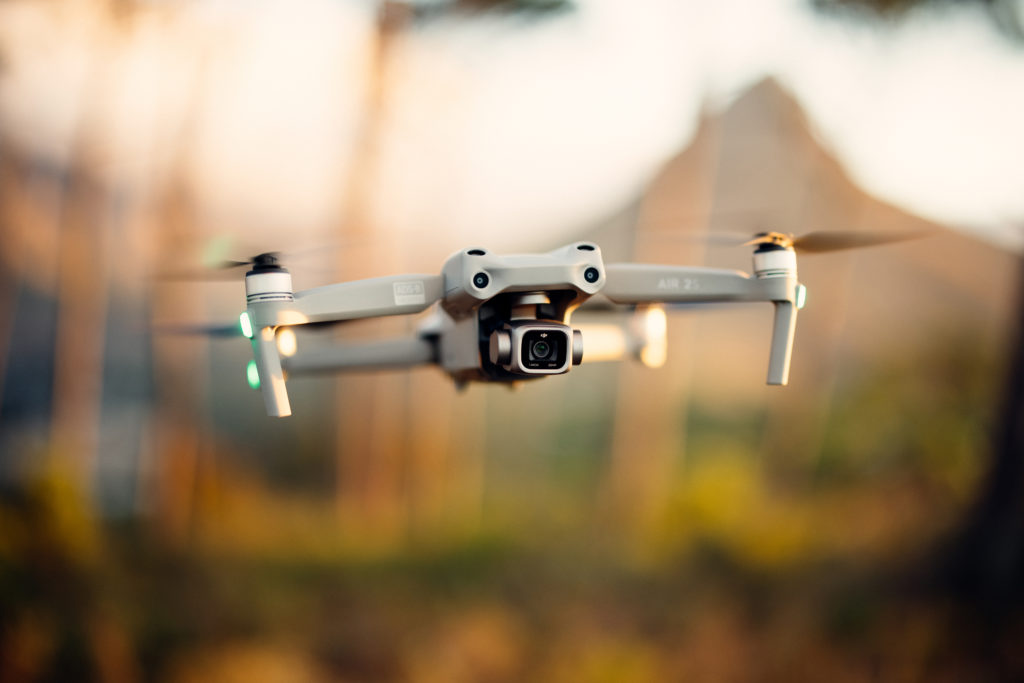
You will need a drone. We have you covered here at Half Chrome. Right now I’d recommend the DJI Air 2s. It is an awesome drone with a 1″ sensor that will get you started. Make sure you opt for the fly more combo. Bookmark this site and come on back for more drone info.
Thanks for visiting Half Chrome
Make sure you check out our YouTube channel so you can stay up to date with all things drone. Whether it is an aerial photography machine from DJI or a lightning-fast FPV racer we have you covered. We also use Facebook, Instagram, and Twitter to keep our readers and viewers up to date.
If you want to buy a drone we highly encourage you to use the links in the article above. By using them we’ll make a small commission but won’t cost you anything extra. It is how we are able to keep producing content for you. Check out our shop tab at the top for deals from Amazon, DJI, Banggood and more.
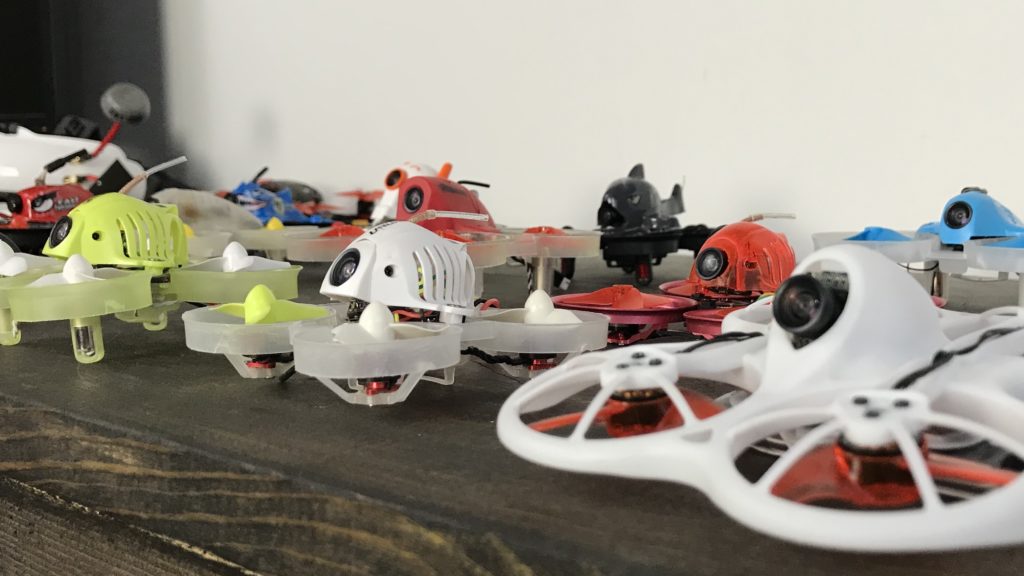
Make sure you check out some of our more popular pages like Best Drones Now, Aerial Photo Tips, Top Accessories and All Things FPV. Happy Flying.
Disclosure:
This website contains affiliate links, which means we receive a commission if you make a purchase using these links. For full details visit the disclosures and disclaimers page.

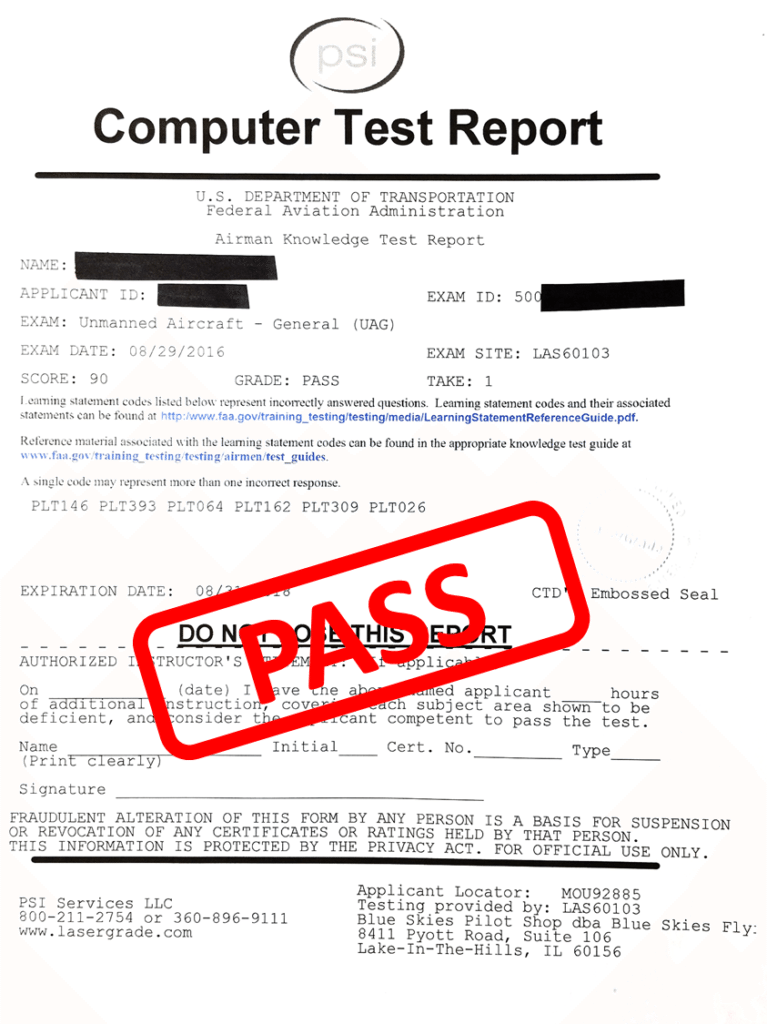
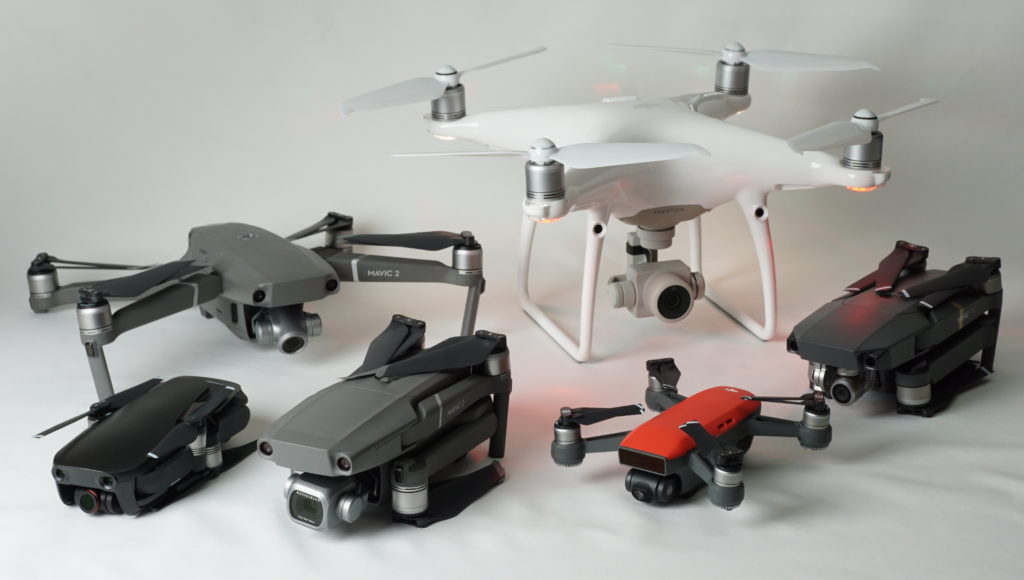
Pingback: Cyber Monday Drone Deals - Half Chrome Drones
Pingback: The Ultimate Guide To Flying A Drone – Best RC Quadcopter Drones with HD Video Camera for Beginners Review
Pingback: If You Want to Take High-Quality Aerial Photos, Start Here | Half Chrome Drones
Pingback: Top Tricks for Aerial Photography Magic - Half Chrome Drones
Pingback: Acheter un Drone: Opérateur Prise De Vue Drone – DroneRules Academy Par TELEPILOTE SAS pas cher livraison rapide livraison en 24h | Drone : Les meilleurs marques de drones